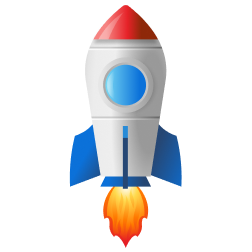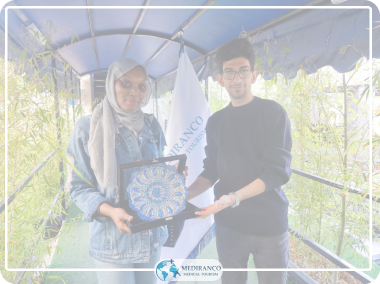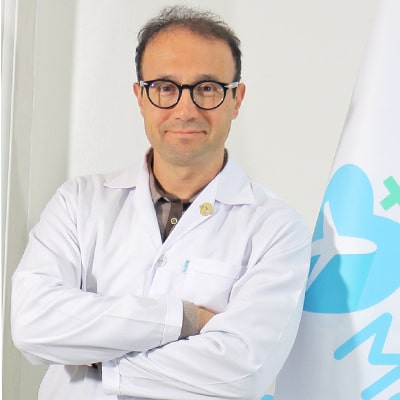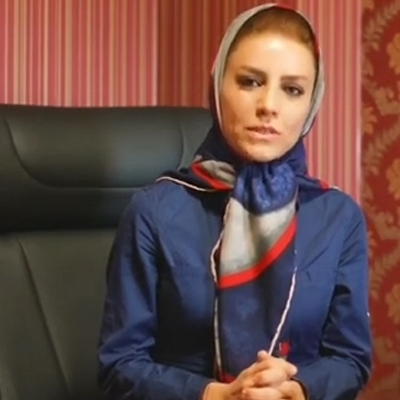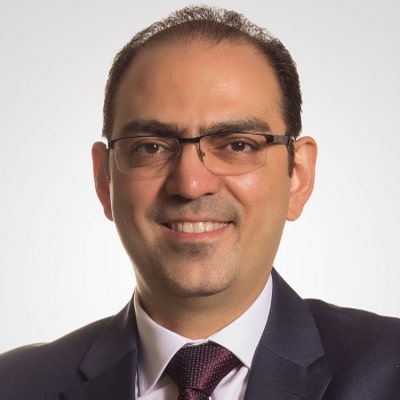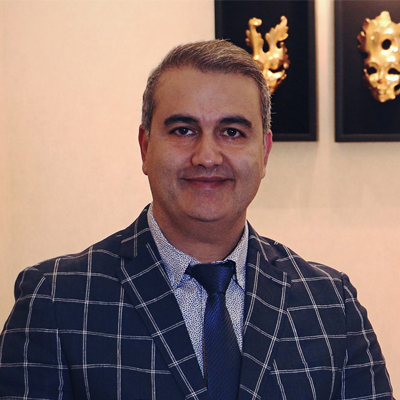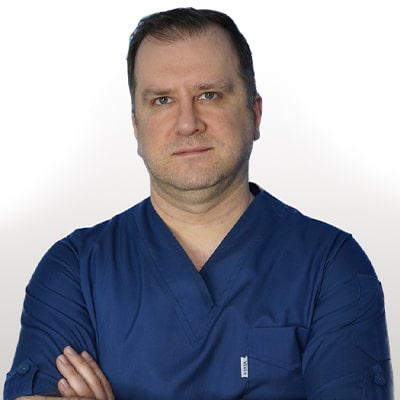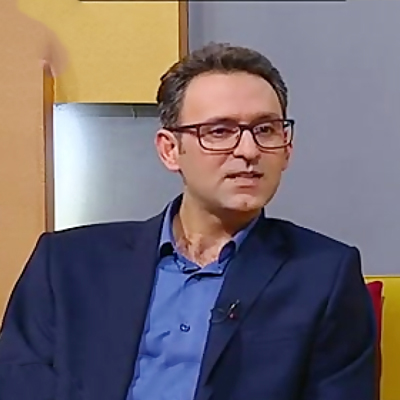Rhinoplasty in Iran
Rhinoplasty (RIE-no-plas-tee) is surgery that changes the shape of the nose. The reason for rhinoplasty may be to change the appearance of the nose, improve breathing or both.
We help you to double your beauty! Get in touch with our consultants…


Stay in Iran
7 days
Recovery time
12-14 days
Clinic Stay
1 day
Stay in Iran
7 days
Recovery time
12-14 days
Clinic Stay
1 day
- Packeges
- Videos
- B & A Photos
- Surgeon
- Hotels
- FAQs
Rhinoplasty cost in Iran
Rhinoplasty Cost in Iran: Discover affordable Rhinoplasty in Iran with Mediranco, your trusted health tourism company. Transform your appearance and boost confidence through our competitive services. Our Rhinoplasty starts from 1250€, Revision Rhinoplasty from 1730€, and Septoplasty from 1450€. At Mediranco, we believe in making aesthetic enhancements accessible without compromising quality. Our dedicated team ensures a safe and successful outcome, prioritizing your well-being. When exploring Rhinoplasty cost in Iran, note that factors such as desired and current nose types influence pricing. Trust our experienced surgeons to tailor the procedure to your unique needs, ensuring
Rhinoplasty Packeges in Iran
Premium
3,340$
- Treatment visa
- Airport pickup
- Transportation
- All medications
- Medical interpreter
- Simcard with internet
- Medical Photography
- 24/7 on phone Translator
- 5 Stars Hotel
Basic
3,150$
- Treatment visa
- Airport pickup
- Transportation
- All medications
- Medical interpreter
- Simcard with internet
- Medical Photography
- 24/7 on phone Translator
- 4 Stars Hotel
Basic
3,150$
- Treatment visa
- Airport pickup
- Transportation
- All medications
- Medical interpreter
- Simcard with internet
- Medical Photography
- 24/7 on phone Translator
- 4 Stars Hotel
Premium
3,340$
- Treatment visa
- Airport pickup
- Transportation
- All medications
- Medical interpreter
- Simcard with internet
- Medical Photography
- 24/7 on phone Translator
- 5 Stars Hotel
About Rhinoplasty in Iran
One of the most common cosmetic procedures that have attracted many fans all over the world and are being performed many times every day, is rhinoplasty surgery. Rhinoplasty has become immensely popular for enhancing beauty, attractiveness, and self-confidence. The surge in applicants can be attributed to a blend of ethnic, national, and social factors. Iran, in particular, has witnessed a significant rise in rhinoplasty procedures, making it a common choice for many seeking aesthetic transformations. Join the trend and explore the transformative possibilities of Nose Job in Iran with Mediranco’s expert surgeons.
Romanian girl choosing Iran for a perfect rhinoplasty result
Others Video
Australian girl getting a nose job in Iranthinks it’s way better than you think
Australian girl getting a nose job in Iranthinks it’s way better than you think
Australian girl getting a nose job in Iranthinks it’s way better than you think
Australian girl getting a nose job in Iranthinks it’s way better than you think
Rhinoplasty in Iran before and after
Before
after
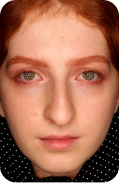

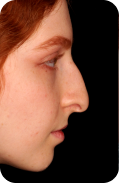

Before
after




Before
after




Before
after




What Our Customer Say
Iesna
GB
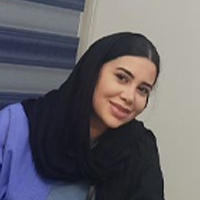
Mediranco is an excellent agency they helped me arrange my whole trip to Iran and surgery with Dr. Hooman Ganjehkhosravi. From the moment I arrived in Tehran, I was greeted with warmth and hospitality that made…
Lydia
GB
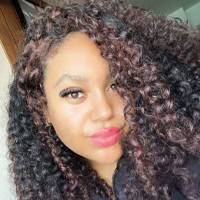
I had a guide called sara who was absolutely amazing. She was so caring and kind and made sure I was comfortable and safe throughout my trip. I really recommend any one using mediran to book with sara!
Mansoor
DK

My name is Mansoor from Denmark .I highly recommend this mediranco. Mr Hossain was very kind and Good person. The Company mediranco is very fast to response. Thanks mediranco
Amal
AU

I had an amazing experience with Mediranco’s service. Traveling to Iran on November 1st, 2023, for Gastric sleeve surgery was truly incredible. From the airport pick-up to a farewell dinner on my last day, the journey was exceptional…
Dr Shahriar Yahyavi
+2000
Successful Surgeries
12
Years of Experience
Successful Surgeries
+5
Dr Mitra Manavi
+2000
Successful Surgeries
12
Years of Experience
Successful Surgeries
+5
Dr kasra sabeti
+2000
Successful Surgeries
12
Years of Experience
Successful Surgeries
+5
Dr Farzad Nikouseresht
+2000
Successful Surgeries
12
Years of Experience
Successful Surgeries
+5
Dr Asadollah Mahdavi
+2000
Successful Surgeries
12
Years of Experience
Successful Surgeries
+5
Best Rhinoplasty Surgeon Iran
What can Rhinoplasty treat?

Rhinoplasty goes beyond cosmetic enhancements, offering solutions for respiratory problems and various disorders. Beyond aesthetic transformations, individuals opt for nose surgery to address structural irregularities resulting from birth defects, accidents, or sports-related injuries. Rhinoplasty proves effective in correcting nasal congestion caused by severe blade deviation, alleviating breathing difficulties. The transformative outcomes of rhinoplasty include reducing nose size, altering its shape, narrowing the tip or upper portions, and lowering its height. Additionally, this procedure can change the angle between the nose and lips, resulting in what’s commonly known as a snub nose. Explore the comprehensive benefits of rhinoplasty, combining cosmetic improvements with functional enhancements, at Mediranco.
Hotels

Shiraz Hotel
Tehran, crossroad of chamran and valiasr, parsian esteghlal international hotel
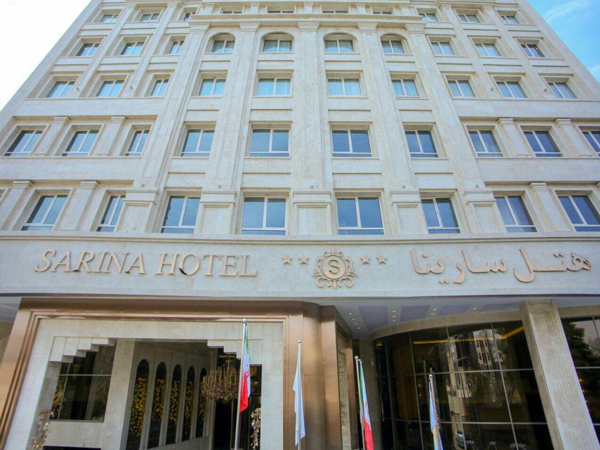
Sarina Hotel
Tehran, crossroad of chamran and valiasr, parsian esteghlal international hotel

SarayeAmeriha Boutique Hotel
Tehran, crossroad of chamran and valiasr, parsian esteghlal international hotel

Parsian Safaiyeh Hotel
Tehran, crossroad of chamran and valiasr, parsian esteghlal international hotel

Parsian Esteghlal Hotel
Tehran, crossroad of chamran and valiasr, parsian esteghlal international hotel

Parsian Azadi Hotel
Tehran, crossroad of chamran and valiasr, parsian esteghlal international hotel
How to Recover From Rhinoplasty?
- Take time off work
Most patients take 7-10 days off work to recover from a Rhinoplasty procedure. You will likely feel some discomfort and swelling during this time, so it is important to take it easy and rest.

- Follow your surgeon’s instructions
Guidance from your plastic surgeon is key post Rhinoplastyt. Adhere to their instructions meticulously for effective care. Your surgeon will provide details on cleaning the area, managing swelling and pain, and scheduling follow-up appointments. Keep your head elevated during the initial days to reduce swelling, and your surgeon might recommend a nose splint or cast for protection. Additionally, pay attention to your diet—following your surgeon’s advice on nutrition and fluid intake contributes to a smooth recovery. Trust the process and ensure the best outcomes by following your surgeon’s personalized care plan.
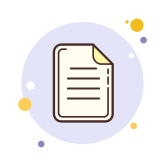
- Avoid strenuous activities:
You should avoid strenuous activities such as exercise, heavy lifting, and bending over for at least two weeks after the procedure. This will help to minimize swelling and prevent any damage to the delicate tissues in your nose.

- Take your medications as directed
If prescribed pain medication, take it as directed to alleviate any post-procedure discomfort. Also, to ensure the best results and prevent infections, diligently take the prescribed antibiotics. Timely and consistent medication intake is crucial, so stay on schedule and trust your surgeon’s advice for a smooth and successful recovery.

- Use cold compresses
Applying cold compresses to your nose can help to reduce swelling and discomfort. Be sure to follow your surgeon’s instructions on how often to use cold compresses and how long to apply them for.

- Attend follow-up appointments
Applying cold compresses to your nose can help to reduce swelling and discomfort. Be sure to follow your surgeon’s instructions on how often to use cold compresses and how long to apply them for.

- Avoid alcohol and smoking
Applying cold compresses to your nose can help to reduce swelling and discomfort. Be sure to follow your surgeon’s instructions on how often to use cold compresses and how long to apply them for.
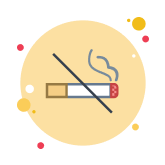
Embarking on a rhinoplasty journey demands dedication to your plastic surgeon’s postoperative guidelines. Optimal recovery entails diligently following instructions, including proper rest and care for your nose. To enhance the likelihood of a successful outcome and a seamless recovery process, commit to taking prescribed medications on time and embracing a patient, step-by-step approach. Trust in your surgeon’s expertise and guidance for a transformed and well-supported rhinoplasty recovery.
What should I Expect during a Consultation for rhinoplasty in Iran?
Rhinoplasty journey involves a crucial initial step –and that’s consultation. As rhinoplasty is a sensitive procedure, pre-surgery consultations provide vital guidance and advice. Here we delve into the key aspects of a rhinoplasty consultation, explore essential steps and discuss pivotal topics to prepare you for this transformative experience.
- At first, the surgeon asks people to talk about their expectations and desires. Sometimes people who visit nose surgeons have pictures of artists and famous people with them and show the nose surgeon exactly what they want.
- Expressing Expectations:
Patients begin by sharing their expectations and dreams regarding their ideal nose. The surgeon engages in a detailed discussion to understand the patient’s vision for their nose.
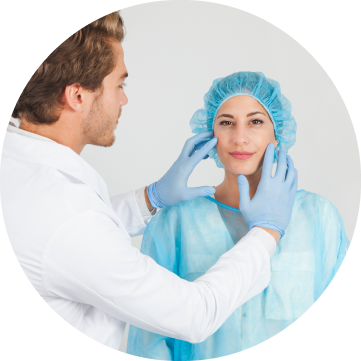
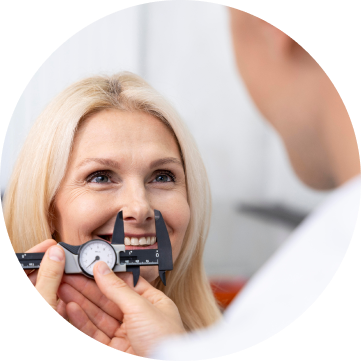
- Assessment and Possibilities Discussion:
The surgeon evaluates the patient and discusses the feasibility of achieving the desired results. Possibilities and suitable methods are explained to the patient, addressing what can realistically be achieved through rhinoplasty. Unrealistic expectations are gently moderated to prevent post-surgery discomfort and regret.
- Preliminary Conclusion and Facial Examination:
After reaching a preliminary conclusion, the nose surgeon conducts a comprehensive examination of all aspects of the nose and facial structure. The surgeon, drawing from experience and aesthetic knowledge, recommends the most suitable type of rhinoplasty. Advantages and limitations of the recommended procedure are openly discussed with the patient to ensure informed decision-making. In the consultation sessions before rhinoplasty surgery, discussions about the surgical method and the shape of the nose after rhinoplasty will also be discussed so that the person knows a little about the results.
- How much experience do you have in nose surgery? (How many surgeries have you done and for how many years have you been doing it)
- When did you have your last rhinoplasty?
- What percentage of your patients were satisfied with your surgery?
- What do you think about reconstructive surgery?
- What percentage of your patients have requested re-surgery?
- How much time do you usually spend on nose surgery? (for example for a nose like mine)
- What are the risks of my rhinoplasty? What technique do you use for my nose surgery?
- What type of anesthesia do you use for my nose surgery and what is the reason for using this type of anesthesia?
- Can I see the results of nose surgery that is similar to my nose? (photos before and after the operation)


- You should know that before performing any surgery, a series of procedures need to be performed. For example, some tests should be done to detect any problems such as anemia to prevent complications after surgery. The patient is also asked to: Quit smoking 2–3 weeks before rhinoplasty so that the healing process after surgery can be done better.
- Additionally, it’s essential to have a thorough discussion with your surgeon about all medications you’re currently taking, including herbal supplements, due to the risk of bleeding. Certain medications may need to be discontinued or their dosage adjusted, and any changes to your drug regimen should be made under the supervision of your surgeon to ensure a safe and optimal recovery process.
- Regardless of the type of surgical technique, it is necessary to be fully hydrated before and after surgery.
What is the ideal candidate for arm lift surgery?
The ideal candidate for arm lift surgery is someone who is generally in good health, has excess skin and/or fat deposits in the upper arms, and has realistic expectations about the outcome of the procedure. It is also important for candidates to be at a stable weight and have no underlying medical conditions that may impair healing.
How long is the recovery period after arm lift surgery?
The recovery period can vary depending on the individual and the extent of the procedure. Generally, patients can expect some swelling, bruising, and discomfort in the first week or two after surgery. It is advisable to avoid strenuous activities and heavy lifting for a few weeks and to wear a compression garment as recommended by the surgeon. Full recovery can take several weeks to a few months.
Will there be visible scarring after arm lift surgery?
As with any surgery, scarring is inevitable. The location and length of the incisions will determine the extent of scarring. However, skilled plastic surgeons make every effort to place incisions in discreet areas and utilize techniques to minimize scarring. Over time, scars tend to fade and become less noticeable. Following proper scar care instructions provided by the surgeon can also help improve the appearance of scars.
Are there non-surgical alternatives to arm lift surgery?
Non-surgical alternatives, such as laser treatments, radiofrequency devices, or injectables, may be considered for mild cases where there is minimal excess skin or fat. However, it is important to note that non-surgical options may have limited effectiveness and are generally more suitable for individuals with mild concerns.
Are there any risks or complications associated with arm lift surgery?
Like any surgical procedure, arm lift surgery carries risks and potential complications, including infection, bleeding, adverse reaction to anesthesia, scarring, asymmetry, and changes in sensation. However, with a qualified and experienced plastic surgeon, the risks can be minimized. It is crucial to thoroughly discuss these risks with the surgeon and follow post-operative care instructions to ensure a safe and successful recovery.

